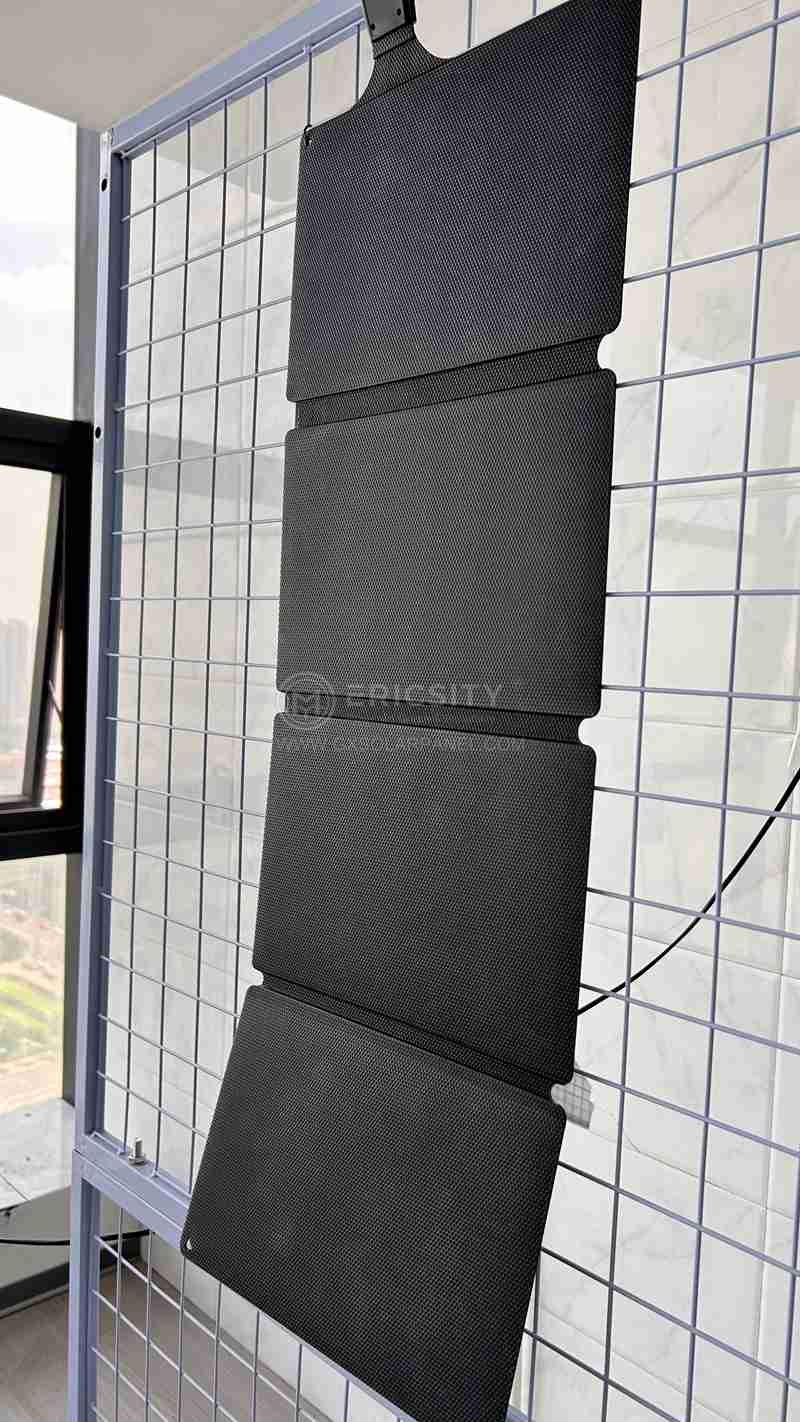HOT PRODUCT
Product Details
Solar Panel System Cost Trends: What To Expect In The Industry
Solar Panel System Cost Trends: What To Expect In The Industry
Solar energy is rapidly gaining popularity as a clean, renewable, and cost-effective source of power. As advancements in technology continue to improve the efficiency and affordability of solar panels, the cost of solar panel systems has been steadily decreasing over the years. In this article, we will explore the current trends in solar panel system costs and what we can expect in the industry.
1. Declining Costs
One of the most significant trends in the solar industry is the declining costs of solar panel systems. Over the past decade, the cost of solar panels has dropped by approximately 70%. This reduction in costs can be attributed to several factors, including advancements in manufacturing processes, economies of scale, and increased competition among solar panel manufacturers.
2. Government Incentives
Government incentives play a crucial role in driving down the cost of solar panel systems. Many countries and states offer various incentives, such as tax credits, grants, and subsidies, to encourage the adoption of solar energy. These incentives offset the upfront costs of installing solar panel systems, making them more affordable for homeowners and businesses. As the push for renewable energy continues, it is expected that more governments will introduce incentives, further reducing the overall cost of solar panel systems.
3. Technological Advancements
Advancements in solar panel technology have significantly contributed to the declining costs. The efficiency of solar panels has steadily increased, which means that more energy can be generated from a smaller surface area. This has led to reduced material costs and overall system costs. Additionally, new manufacturing techniques, such as thin-film solar panels, are being developed, offering potential cost savings in the future.
4. Battery Storage Integration

Battery storage integration is another trend that is expected to impact the cost of solar panel systems. As the demand for energy independence and grid resilience grows, more homeowners and businesses are opting to include battery storage with their solar panel systems. Initially, battery storage was expensive, but with advancements in technology and economies of scale, the cost of battery storage is also decreasing. This trend allows solar panel systems to store excess energy during the day for use during cloudy or nighttime periods, reducing reliance on the grid and further lowering the overall cost of solar energy.
5. Increasing Installation Efficiency


Installation efficiency has improved significantly in recent years. Installers have gained experience in designing and installing solar panel systems, leading to reduced installation time and costs. Furthermore, advancements in software and remote monitoring systems allow for more accurate system design and faster troubleshooting, reducing the need for costly on-site visits. These improvements in installation efficiency contribute to overall cost reductions for solar panel systems.
In conclusion, the solar panel industry has witnessed a substantial decrease in the cost of solar panel systems due to factors such as declining production costs, government incentives, technological advancements, battery storage integration, and increasing installation efficiency. As solar energy continues to gain popularity and more investments are made in research and development, we can expect further cost reductions in the industry. The future of solar panel systems looks promising, as renewable energy sources become more affordable and accessible to a wider audience.




